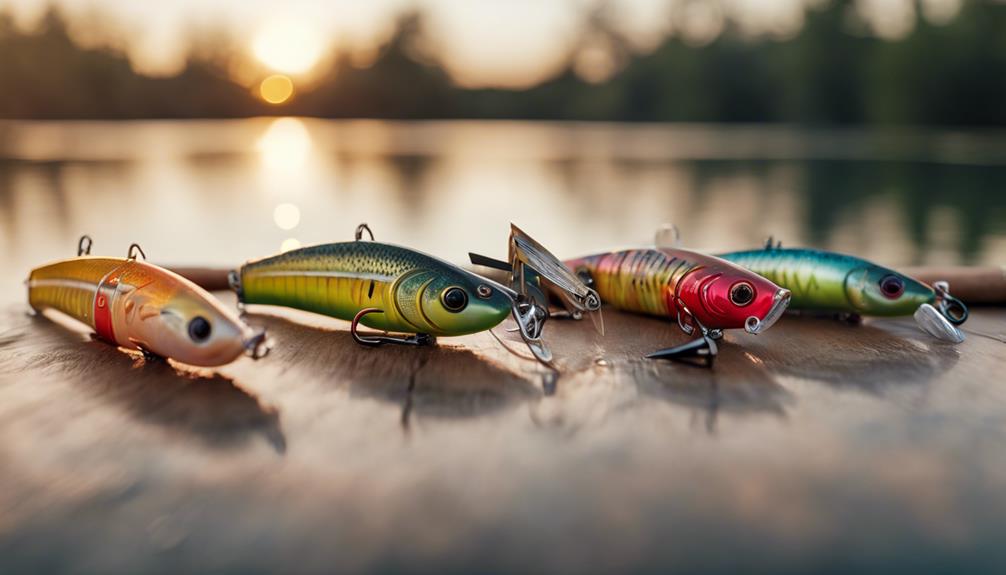Winter fly fishing can be a tranquil and rewarding experience for anglers looking to escape the hustle and bustle of everyday life. With the right approach, targeting fish during the colder months can yield impressive results. In this ultimate guide to winter fly fishing, we will explore essential tips, techniques, and the best locations to enhance your winter fishing experience.
Understanding Winter Fly Fishing: What Makes It Unique?
Winter fly fishing is distinct from fishing in other seasons due to the cold temperatures and varying water conditions. Understanding how fish behave during winter is crucial for successful fishing. Cold water temperatures lead to slower fish metabolism, which means they become less active and require different tactics to entice them. Fish tend to seek deeper waters where temperatures are more stable and food sources, like midges and small nymphs, are still available. Recognizing these behavioral patterns will help you adjust your strategies for the best results.
Essential Gear for Winter Fly Fishing: What You Need
Having the right gear is critical for successful winter fly fishing. First and foremost, ensure that you have a sturdy fly rod and reel that can handle the weight of winter flies. A 9-foot, 5-weight rod is a popular choice for many anglers. Additionally, use cold-water specific lines designed to perform well in cooler temperatures. Don’t forget to dress in layers to stay warm, and consider investing in waterproof boots and gloves to keep your extremities comfortable. Finally, be sure to carry a selection of winter flies, including midges, streamers, and weighted nymphs, to match the hatch during winter months.
Techniques for Winter Fly Fishing: Best Practices
When it comes to techniques, winter fly fishing requires a more patient and methodical approach. One effective method is to focus on slow, deliberate retrieves. Fish are less likely to chase after fast-moving flies, so presenting your fly slowly can make a big difference. Additionally, consider using a strike indicator to help detect subtle bites that might be missed due to the cold and slow conditions. Fishing in shaded areas or near structure such as rocks and fallen trees can also increase your chances of success, as fish often seek shelter in these locations.
Winter Fly Fishing Locations: Where to Go
Finding the right location for winter fly fishing can significantly impact your success. Rivers and streams that are spring-fed tend to maintain a more stable temperature throughout the winter, making them ideal spots for fishing. Some popular winter fly fishing destinations include the Yellowstone River in Montana, the San Juan River in New Mexico, and the Connecticut River in New England. Additionally, local reservoirs and lakes can offer excellent winter fishing opportunities, especially those known for their trout populations. Researching specific water bodies in your area will yield great results.
Choosing the Right Flies for Winter Fly Fishing
Selecting the appropriate flies is crucial in winter fly fishing. In colder months, fish tend to feed on smaller, more subtle offerings. Midges are a common choice, as they are prevalent in winter waters. Be sure to carry a variety of sizes, as fish can be picky. Nymph patterns, such as pheasant tails and hare’s ears, are also effective, especially when fished near the bottom where fish are more likely to be found. Streamers can also be useful for eliciting aggressive strikes, particularly in the late afternoon when fish may become more active. Experimenting with different flies and observing what works best in your chosen location is key.
Winter Fly Fishing Safety: Essential Precautions
Safety should always be a priority during winter fly fishing. Cold weather can pose risks such as hypothermia and frostbite, so it’s essential to take precautions. Always check the weather forecast before heading out, and be prepared for sudden changes in conditions. Wear appropriate clothing, including thermal layers and waterproof outerwear, to stay warm and dry. Additionally, consider fishing with a buddy for safety, as having someone with you can be invaluable in case of an emergency. Always inform someone of your plans and expected return time.
Winter Fly Fishing Etiquette: Best Practices for Anglers
Practicing good etiquette while winter fly fishing is important for maintaining the experience for everyone involved. Respecting fellow anglers by giving them space and not crowding their fishing area is crucial. Additionally, be mindful of the environment by following Leave No Trace principles; pack out what you pack in, and avoid trampling on fragile riverbanks. If you catch a fish, practice catch and release when possible to help maintain healthy fish populations. By adhering to these guidelines, you can contribute to a positive fishing community and ensure that winter fly fishing remains enjoyable for all.
Conclusion: Embrace the Beauty of Winter Fly Fishing
Winter fly fishing is a unique and rewarding experience that allows anglers to connect with nature in a peaceful setting. With the right gear, techniques, and locations, you can enhance your fishing experience during the colder months. Remember to prioritize safety and practice good etiquette to ensure a positive experience for yourself and others. So grab your gear, embrace the beauty of winter, and hit the water for an unforgettable fly fishing adventure. Whether you’re a seasoned angler or a newcomer, winter fly fishing has something special to offer everyone.
By following the tips outlined in this guide, you can maximize your success on the water and enjoy all that winter fly fishing has to offer. Happy fishing!
